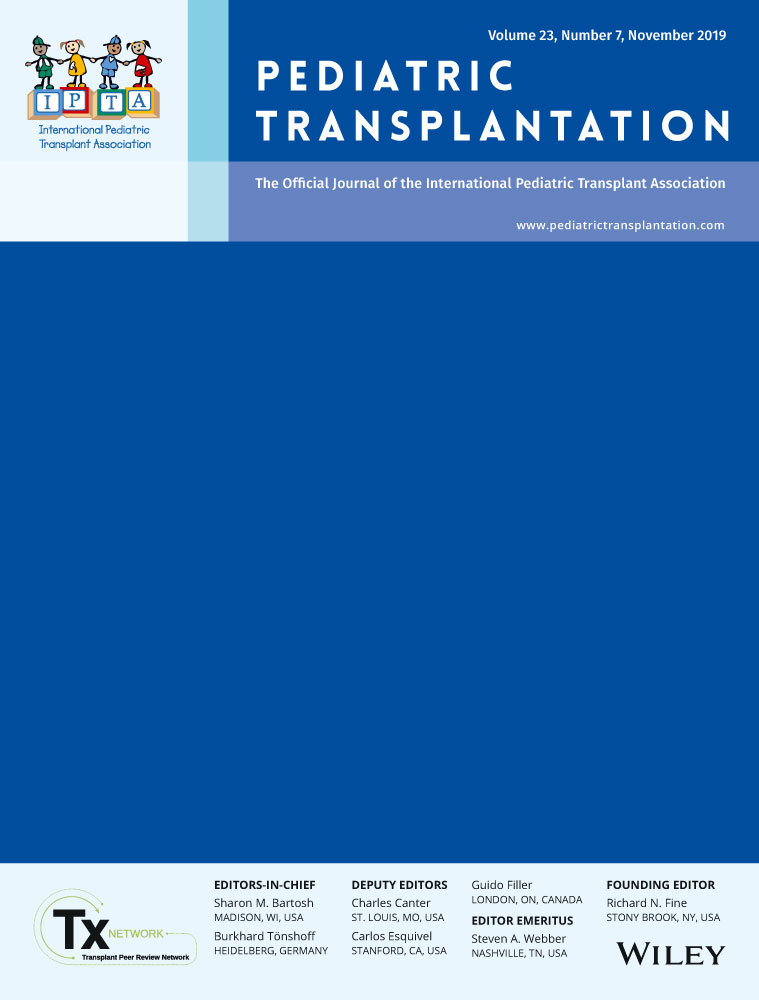Is Doppler echocardiography useful for estimating left ventricular filling pressures in pediatric heart transplant recipients?
Funding information
Dr Fatima I. Lunze was funded by the German Research Council (Deutsche Forschungsgemeinschaft, Germany, 1587/1-1) and Heart Transplant Research and Education Fund, Department of Cardiology, Boston Children's Hospital, Boston, MA, USA.
Abstract
LV E/E′ ratio obtained using Doppler echocardiography is considered a surrogate for LV filling pressure in adults but has performed poorly in children. We hypothesized that LV E/E′ ratio Z-score, adjusted for age, will relate more strongly to LV filling pressures than LV E/E′ ratio in pediatric HT recipients. We analyzed 751 echocardiograms performed within 24 hours of a heart catheterization in 122 pediatric HT recipients (median age at HT 13 years, median 6 studies per patient). The primary end-point was PCWP, assessed both as a continuous and a binary variable. Associations with LV E/E′ ratios and z-scores were assessed using generalized estimating equations models. PCWP, LV E/E′ ratios (using E′ from LV free wall, septum, and their average), and LV E/E′ ratio Z-scores, all declined over time after HT. LV E/E′ ratios and their Z-scores were significantly associated with PCWP assessed as a continuous variable (P < 0.001 for all); however, the relationship was weak (R2 range, 0.083 to 0.121). LV E/E′ ratios and their Z-scores were also significantly associated with PCWP as a binary variable (P < 0.001 for all) but with only modest ability to discriminate PCWP ≥15 mm Hg (c-statistic range, 0.660 to 0.695). The association between LV E/E′ ratio and PCWP in pediatric HT recipients is modest. Using a LV E/E′ ratio Z-score did not result in significantly improved association with PCWP. Current Doppler echocardiographic methods are unreliable for estimating LV filling pressures in pediatric HT recipients.
CONFLICT OF INTEREST
None.




